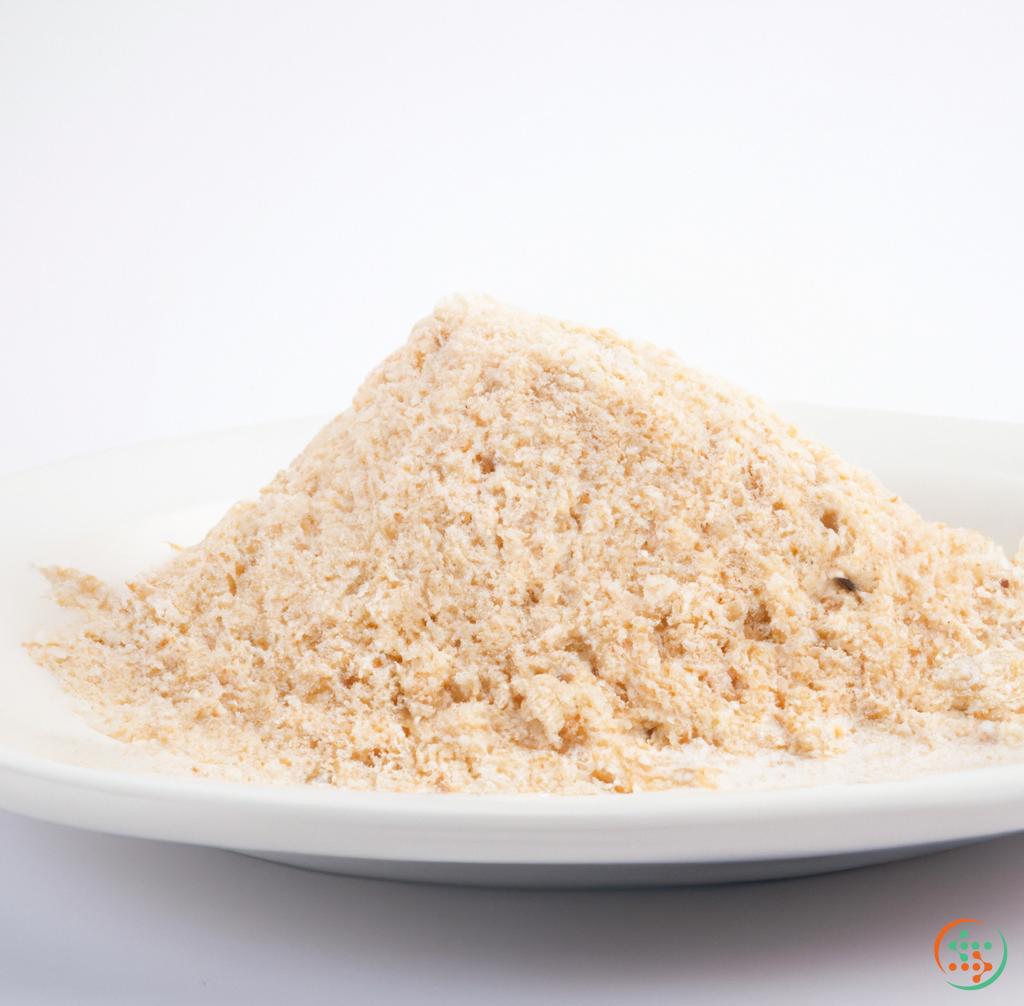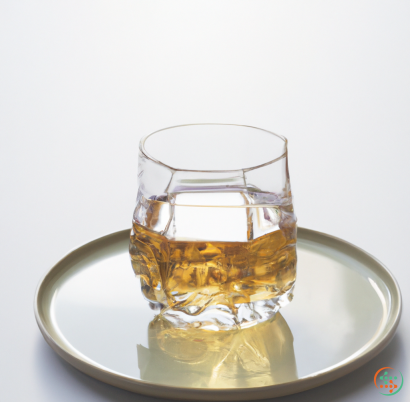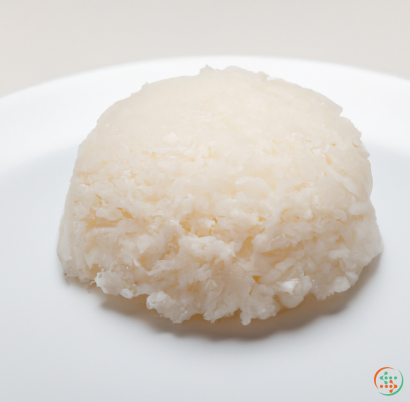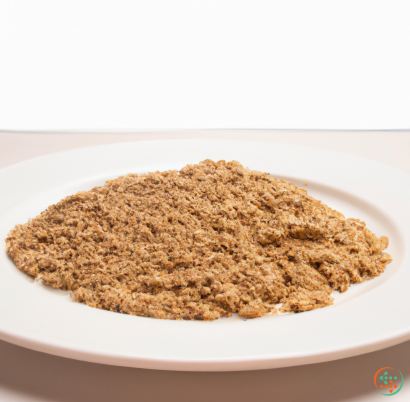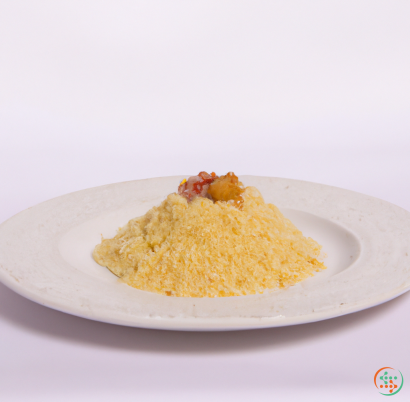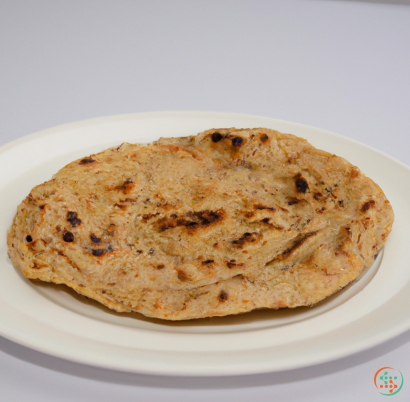Brown Rice Flour
When you hear the words ‘Brown Rice Flour’ you may be scratching your head and wondering what on earth it is! Well, this flour is made from partially milled brown rice grains that has been ground into a fine powder. It is an increasingly popular gluten-free alternative to wheat flour, but it's not only those that must avoid gluten that are now embracing this product. Brown rice flour becomes popularity due to its nutrition, flavor, texture and consistency.
Brown Rice Flour Nutrition Benefits
Brown rice flour provides a concentrated source of essential nutrients that are essential for a healthy lifestyle. It contains a good source of calories, complex carbohydrates and dietary fiber. In addition, it is packed with B-vitamins, calcium, iron, magnesium and potassium. All these nutrients are important for basic body functions such as bone health, energy production, and metabolism.
Brown rice flour is a great way to add more iron to your diet. Since iron is responsible for transporting oxygen throughout your body, it’s important to get enough iron in your diet. Brown rice flour is also a good source of magnesium, which helps your muscles, nerves and bones function properly.
Brown Rice Flour for Gluten-Free Baking
For those following a gluten-free diet, brown rice flour is an excellent replacement for wheat flour. It can be used alone for thickening soups, batters and sauces. Another popular use for brown rice flour is for making breads, cakes, muffins and pancakes. Ground into a fine consistency, it works as an all-purpose wheat flour alternative. Brown rice flour has some culinary advantages compared to wheat flour because it has a slightly nutty flavor and is high in fiber.
The texture of brown rice flour can vary depending on the fineness of the milling process. The texture of the flour affects how well it will react when combined with other gluten free baking ingredients. For cakes, muffins and pancakes, you may wish to use a very finely ground flour in order to give them a light and fluffy texture. For breads, a more coarsely ground flour may provide a better texture and help to form better proteins when kneaded to form dough.
Cooking and Baking with Brown Rice Flour
As mentioned before, brown rice flour can be used for thickening sauces, batters, and soups. It is also great for baking, making breads and other baked goods. One of the great benefits of using brown rice flour is that it absorbs liquids differently than wheat flour. For example, when making breads, the dough formed from brown rice flour is usually much less sticky and more workable than dough made from wheat flour.
When making baked goods such as cookies or muffins, brown rice flour produces a finer crumb with softer texture. This is due to the different composition and size of the particles in the flour. Additionally, breads made with brown rice flour may have a slightly denser texture and more even internal structure than breads made with wheat flour.
In the kitchen, experimenting with substituting brown rice flour for wheat flour in a recipe can often have surprisingly delicious results. In some cases, the flavor of the food can be enhanced. For pizza dough, you can use up to half whole grain brown rice flour along with other gluten free flours. This creates a flavorful and light crust that is good enough to satisfy any pizza lover!
In conclusion, brown rice flour is a great addition to any kitchen. Not only it is loaded with vital vitamins and minerals, it is also a great way to make breads, cakes, muffins and other baking recipes gluten-free. You can experiment by substituting brown rice flour for wheat flour in many recipes that call for wheat flour, you may be pleasantly surprised at the results!
Brown rice flour is a staple ingredient for many dishes, ranging from biscuits, breads, and even desserts. But how exactly does it happen? From the processing fields where the grains are grown to the dinner plate at home, today we’ll discuss the process of creating brown rice flour and how it gets to your plate.
Picking: The Beginning of the Process
Each grain of rice begins its journey in a rice field. The rice plant needs plenty of water and sunlight to thrive, so the conditions must be carefully managed to make sure the grains have ideal growth conditions. When the rice grain is ready for harvest, large combines are driven through the fields to separate the grain from the husk and stalks. This process is known as threshing.
Once the grains are separated from the husk, the next step is to remove any foreign materials or weeds to make sure only high-quality rice grains are used. This task requires careful attention as some weeds may not be visually obvious to the eye. During this process, the grains may also undergo a process of winnowing. This removes particles like straw and weed seeds before the grains are sifted.
Afterwards the grains are dried in the sun, which is known as the curing process. This helps the grains to separate easily while making sure any parasites or other contaminants are removed. Once each grain is thoroughly dry, the grains are taken to a mill and sorted according to size and shape, a process known as grading.
The Milling and Polishing Process
Once the grains of rice have gone through grading, they are then ready for the milling process. This is done by machines that break down the grains into smaller pieces. The size of the particles can be adjusted depending on the product being produced.
The smaller particles are passed through a series of sieves to remove any dust or dirt from the product. This cleaning process is known as screening. Once the grains are adequately screened, the grains are passed through a machine that removes the tough outer layer from the grain. This is known as the husking process.
Once the husking process is complete, the grains are polished. During the polishing process, a small amount of oil is used to smooth the surface of the grains which gives it a glossy shine and shorter cooking time. The polished grains are then stored in air-tight containers at the mill, before they are shipped off to be packaged.
Packaging and Distribution
Once the grain has been polished and packaged, it is sent off to retail stores and wholesalers. From here, consumers can purchase the product in various forms, such as whole grain, brown rice flour, or white rice flour.
At the grocery store, you may find a package labelled “brown rice flour”, which is a combination of ground up whole grain brown rice and at least 51 % of the bran layer (the outer layer) is still intact. This combination gives brown rice flour its unique nutritional characteristics, including higher amounts of fibre, vitamins and minerals than white rice flour.
Cooking: Bringing It All Together
With the flour at home, the next step is to get it onto the dinner plate. Different recipes will require different techniques when it comes to cooking with brown rice flour. For example, recipes like biscuits or bread can be made without the need to pre-cook or soak the flour. Pancake batter or noodle dough, however, may need to be cooked prior to use.
To convert whole brown rice into flour, it’s important to use a blender with a grinding mechanism. The grains should be added in small batches and blended in short bursts to ensure that they are crushed instead of turned into a powder. Once all the grains are ground, the flour should be kept in an air-tight container and stored in a cool, dry place away from humidity and direct sunlight.
Conclusion
The process of creating brown rice flour is a complex one, and many steps are involved in order to ensure the quality of the end product. The journey begins in the rice fields, where the grains are harvested and milled into smaller pieces. The grains are then polished and packaged, before being shipped off to retail stores and eventually, to your home. With brown rice flour in hand, you can create delicious and nutritious meals for your family.
| Vitamin E | 0.6 mg | |
| Vitamin B1 | 0.44 mg | |
| Vitamin B2 | 0.08 mg | |
| Vitamin B3 | 0.00634 grams | |
| Vitamin B5 | 0.00159 grams | |
| Vitamin B6 | 0.74 mg | |
| Vitamin B9 | 0.016 mg |
| Calcium | 0.011 grams |
Daily Value 1.3 g
|
| Iron | 0.00198 grams |
Daily Value 0.018 g
|
| Magnesium | 0.112 grams |
Daily Value 0.4 g
|
| Phosphorus | 0.337 grams |
Daily Value 1.25 g
|
| Potassium | 0.289 grams |
Daily Value 4.7 g
|
| Sodium | 0.008 grams |
Daily Value 2.3 g
|
| Zinc | 0.00245 grams |
Daily Value 0.011 g
|
| Copper | 0.23 mg |
Daily Value 0.9 mg
|
| Manganese | 0.00401 grams |
Daily Value 0.0023 g
|
| Tryptophan | 0.092 grams | |
| Threonine | 0.265 grams | |
| Isoleucine | 0.306 grams | |
| Leucine | 0.598 grams | |
| Lysine | 0.276 grams | |
| Methionine | 0.163 grams | |
| Cystine | 0.088 grams | |
| Phenylalanine | 0.373 grams | |
| Tyrosine | 0.271 grams | |
| Valine | 0.424 grams | |
| Arginine | 0.548 grams | |
| Histidine | 0.184 grams | |
| Alanine | 0.422 grams | |
| Aspartic Acid | 0.677 grams | |
| Glutamic Acid | 1.473 grams | |
| Glycine | 0.356 grams | |
| Proline | 0.339 grams | |
| Serine | 0.374 grams |
| Total Sugars | 0.7 grams |
per 100g
|
| Myristic acid (14:0) | 0.01 grams |
|
| Palmitic acid (16:0) | 0.48 grams |
|
| Stearic acid (18:0) | 0.05 grams |
|
| Total Saturated fatty acids: | 0.54 g | |
| Oleic acid (18:1) | 1. grams |
|
| Palmitoleic acid (16:1) | 0.01 grams |
|
| Total Monounsaturated fatty acids: | 1.01 g | |
| Linolenic acid (18:3) | 0.04 grams |
|
| Linoleic acid (18:2) | 0.95 grams |
|
| Total Polyunsaturated fatty acids: | 0.99 g | |
